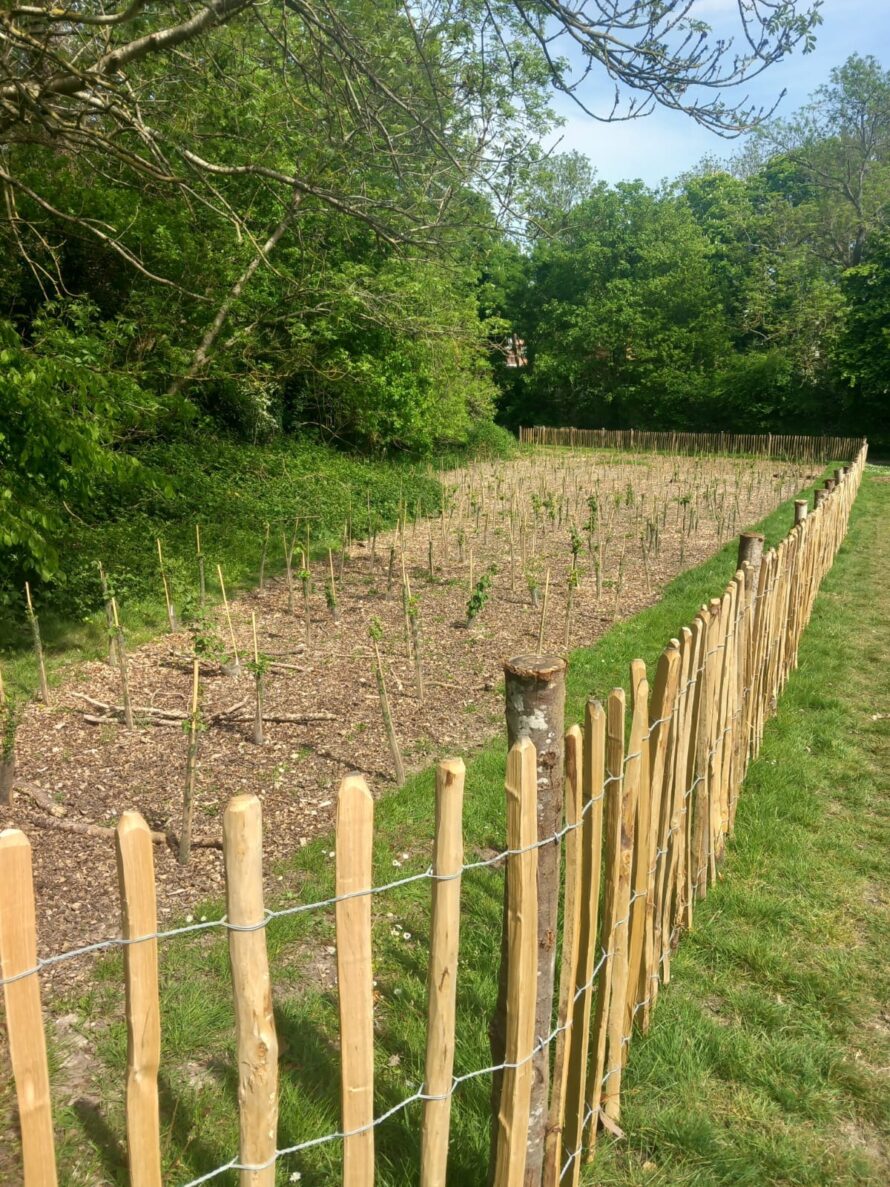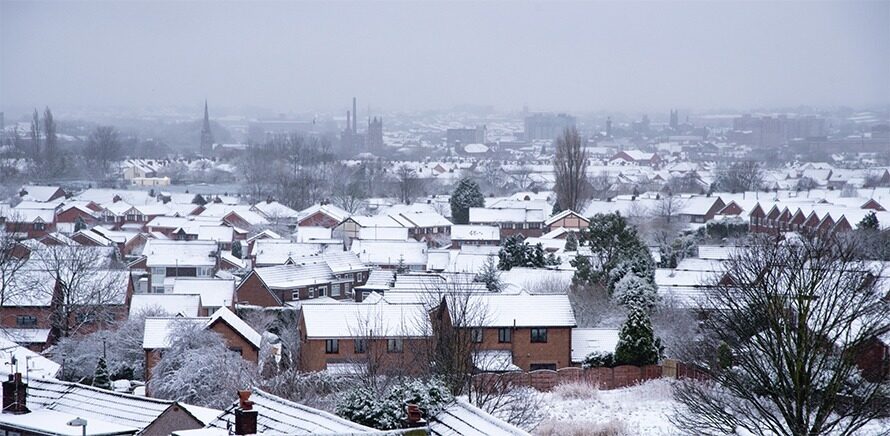The scrublands will be managed through periodic cutting in 5-7 year intervals, in line with Forestry Commission ride management techniques. This will be adapted to the level of growth seen, and will aim to retain different stages of scrubland across the three areas.
The scrubland had a further purpose on this site. Harvington Estate has an ongoing issue with invasive species, especially cherry laurel, snowberry and sycamore. The creation of clearings in the woodland through removing these species was much needed, but to maximise the sustainability of these actions, it was also necessary to underplant with native woody scrub species (including hawthorn, blackthorn, dogwood, elder, privet, spindle, hazel) in order to suppress any future invasives from returning to those areas.
These were planted by members of the public, including the Mayor of Bromley, across two planting days. The tree whips have come into leaf beautifully and we hope the young scrubland will see much use by wildlife this spring and summer.



